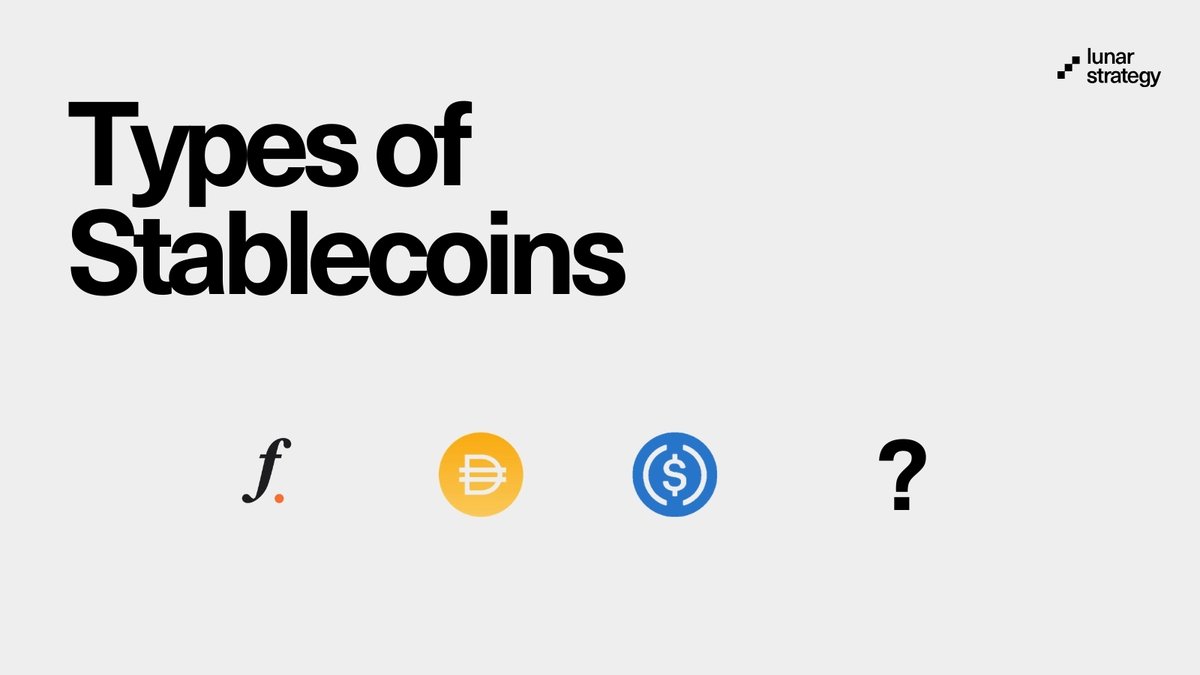Stablecoins aren’t all the same.
Most stablecoins you hear about, like USDC or USDT, are backed by dollars in a bank. But another type is starting to gain traction, synthetic stablecoins.
They don’t sit on fiat reserves. They engineer stability using collateral, hedging, and yield strategies.
Types of stables ↓
> Fiat-backed → dollars in a bank (USDC, USDT)
> Crypto-backed → overcollateralized on-chain (DAI)
> Algorithmic → pure supply/demand games (RIP UST)
> Synthetic → derivatives + delta-neutral strategies
The difference with synthetics is that they’re productive.
Your “dollars” aren’t just stable, they also generate yield on-chain (often 5–15%).
@FalconStable ’s USDf is a good example:
> Overcollateralized with multiple assets
> Maintains peg via delta-neutral positions across DeFi + CEXs
> Users can stake to earn 8–12% APY
> Daily attestations + institutional custody
…but higher yields = higher complexity/risk.
Always DYOR before diving in.

5.15K
58
The content on this page is provided by third parties. Unless otherwise stated, OKX is not the author of the cited article(s) and does not claim any copyright in the materials. The content is provided for informational purposes only and does not represent the views of OKX. It is not intended to be an endorsement of any kind and should not be considered investment advice or a solicitation to buy or sell digital assets. To the extent generative AI is utilized to provide summaries or other information, such AI generated content may be inaccurate or inconsistent. Please read the linked article for more details and information. OKX is not responsible for content hosted on third party sites. Digital asset holdings, including stablecoins and NFTs, involve a high degree of risk and can fluctuate greatly. You should carefully consider whether trading or holding digital assets is suitable for you in light of your financial condition.

